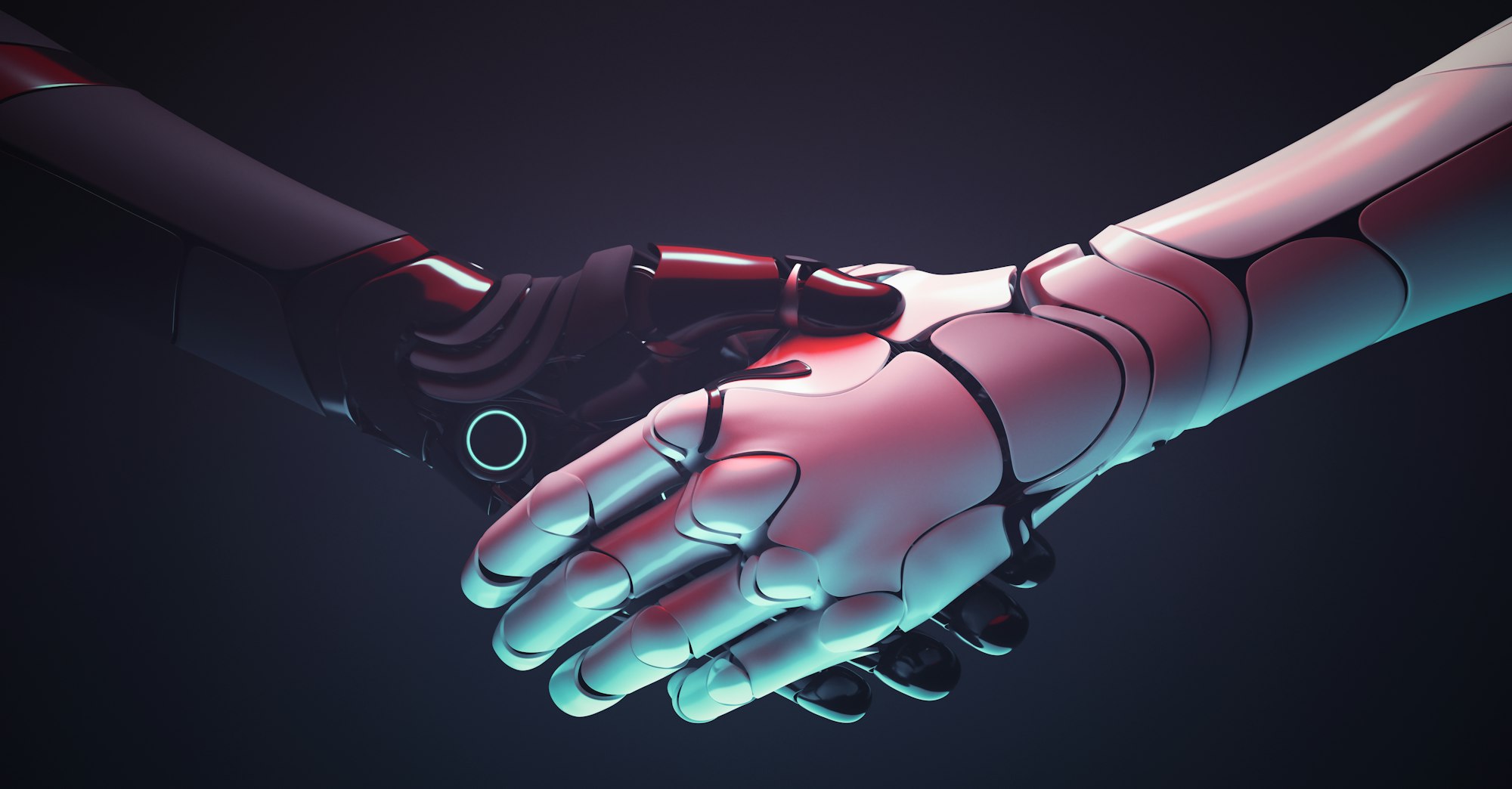Major Leap in Robotic Hand Precision
At the University of Bristol, Professor Nathan Lepora and his team have taken robotic technology to new heights with a groundbreaking development in robotic hands. Their creation, a four-fingered robotic hand, is capable of handling and manipulating objects with extraordinary precision. This innovation allows the robotic hand to effortlessly rotate objects like balls and toys in any direction, marking a significant advancement in robotic agility.

Collaborative Innovation Spurs Technological Leap
This achievement is the fruit of a collaborative effort involving prestigious institutions such as MIT, University of California, Berkeley, and Columbia University. Utilizing straightforward setups and standard desktop computers, these teams have managed to perform complex tasks that usually require more sophisticated and expensive technology.
Cutting-Edge Tactile Sensors Enhance Robotic Feel
The breakthrough includes the development of advanced tactile sensors that utilize smartphone camera technology. Tiny cameras have been integrated into the robot’s fingertips, coupled with a 3D-printed mesh that simulates the internal structure of human skin, mimicking the tactile sensitivity of the human tongue’s papillae.
The Future is Now: Applications and Beyond
The enhanced dexterity of these robotic hands opens up vast potential applications, from revolutionizing how supermarket goods are handled to improving recycling processes. Looking forward, the team aims to apply this technology to more intricate tasks, such as manual assembly of complex items, potentially transforming manufacturing processes and broadening the scope of robotic applications across various industries.
Explore the exciting frontier of robotic dexterity with the University of Bristol’s latest innovation, setting new standards in automation and industry capabilities.

Frequently Asked Questions (FAQs) About the Robotic Hand Dexterity Breakthrough at University of Bristol
- What makes the University of Bristol’s robotic hand different from others?
- The robotic hand developed by the University of Bristol, led by Professor Nathan Lepora, is distinct because of its four-fingered design and the ability to manipulate objects with unprecedented precision. This robotic hand can rotate objects in any direction and orientation, showcasing a significant improvement in dexterity over previous models.
- How did collaboration with other institutions contribute to this breakthrough?
- The project was a collaborative effort involving top institutions such as MIT, University of California, Berkeley, and Columbia University. These partnerships enabled the use of relatively simple setups and ordinary desktop computers to achieve complex dexterous tasks, which are typically performed by more elaborate and costly systems. This teamwork was crucial in pushing the boundaries of what’s possible in robotic technology.
- What are the potential applications of this robotic hand technology?
- The advanced dexterity of the robotic hand has a wide range of potential applications. It could transform industries by automating tasks like supermarket goods handling and waste sorting for recycling. The technology is also being developed to tackle more complex manual tasks, such as assembling intricate items, which could revolutionize manufacturing processes and expand the use of robots in various sectors.
Sources BBC



Your point of view caught my eye and was very interesting. Thanks. I have a question for you.
Your point of view caught my eye and was very interesting. Thanks. I have a question for you.